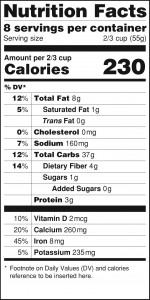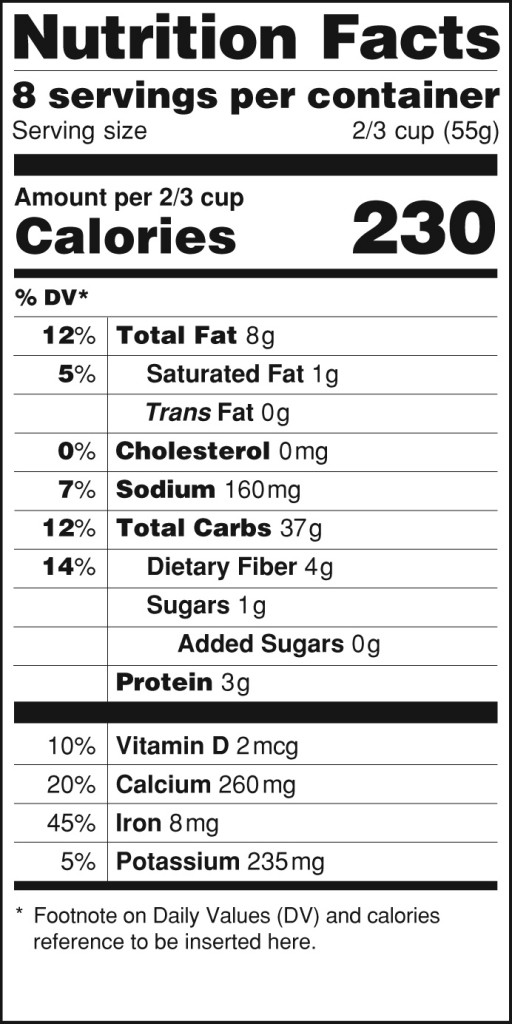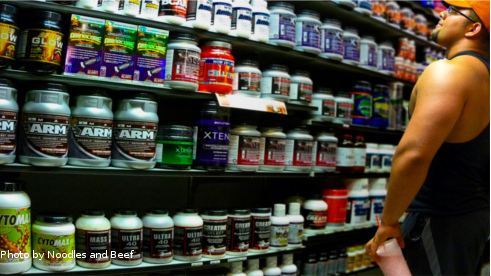 The FDA is proposing to update the Nutrition Facts label found on most food packages in the United States. The Nutrition Facts label, introduced 20 years ago, helps consumers make informed food choices and maintain healthy dietary practices. If adopted, the proposed changes would include the following.
The FDA is proposing to update the Nutrition Facts label found on most food packages in the United States. The Nutrition Facts label, introduced 20 years ago, helps consumers make informed food choices and maintain healthy dietary practices. If adopted, the proposed changes would include the following.
1. Greater Understanding of Nutrition Science
- Require information about “added sugars.” Many experts recommend consuming fewer calories from added sugar because they can decrease the intake of nutrient-rich foods while increasing calorie intake.
- Update daily values for nutrients like sodium, dietary fiber and Vitamin D. Daily values are used to calculate the Percent Daily Value listed on the label, which help consumers understand the nutrition information in the context of a total daily diet.
- Require manufacturers to declare the amount of potassium and Vitamin D on the label, because they are new “nutrients of public health significance.” Calcium and iron would continue to be required, and Vitamins A and C could be included on a voluntary basis.
- While continuing to require “Total Fat,” “Saturated Fat,” and “Trans Fat” on the label, “Calories from Fat” would be removed because research shows the type of fat is more important than the amount.
2. Updated Serving Size Requirements and New Labeling Requirements for Certain Package Sizes
- Change the serving size requirements to reflect how people eat and drink today, which has changed since serving sizes were first established 20 years ago. By law, the label information on serving sizes must be based on what people actually eat, not on what they “should” be eating.
- Require that packaged foods, including drinks, that are typically eaten in one sitting be labeled as a single serving and that calorie and nutrient information be declared for the entire package. For example, a 20-ounce bottle of soda, typically consumed in a single sitting, would be labeled as one serving rather than as more than one serving.
- For certain packages that are larger and could be consumed in one sitting or multiple sittings, manufacturers would have to provide “dual column” labels to indicate both “per serving” and “per package” calories and nutrient information. Examples would be a 24-ounce bottle of soda or a pint of ice cream. This way, people would be able to easily understand how many calories and nutrients they are getting if they eat or drink the entire package at one time.
3. Refreshed Design
- Make calories and serving sizes more prominent to emphasize parts of the label that are important in addressing current public health concerns such as obesity, diabetes, and cardiovascular disease.
- Shift the Percent Daily Value to the left of the label, so it would come first. This is important because the Percent Daily Value tells you how much of certain nutrients you are getting from a particular food in the context of a total daily diet.
- Change the footnote to more clearly explain the meaning of the Percent Daily Value.


